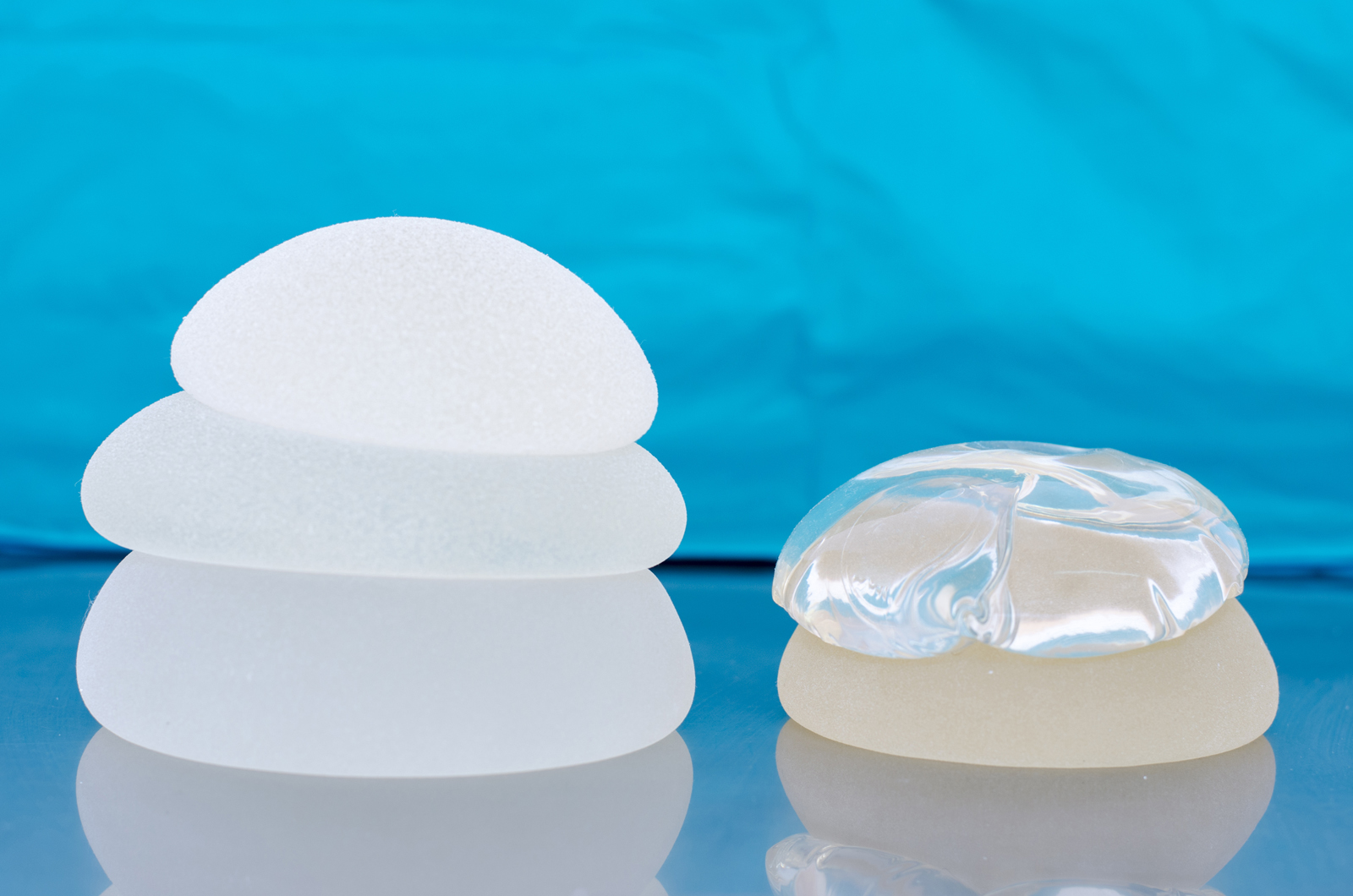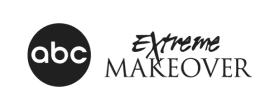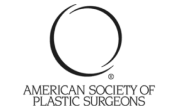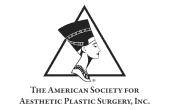
Breast implants are as unique as the women who have them. There are so many different choices and combinations of filling, shape and size that Dr. Rob Kessler, a trusted breast surgeon in Orange County, may place up to 10 different types in a single day’s work.
With that information in mind, it is challenging to face the breast implant selection process alone and without context. If you are in the midst of exploring your options, Dr. Kessler suggests you check out his helpful guide.
First Things First
You’ll hear most women classify their breast implants primarily by filling. Saline implants have a silicone shell filled with a sterile saltwater solution, and silicone implants have a silicone shell filled with a cohesive gel material. Both types are safe, rigorously tested and have earned the U.S. Food and Drug Administration’s seal of approval.
The chatter around our office is that most women believe silicone-filled implants look and feel more natural than their saline counterparts. On the other hand, some prefer saline implants because they are more economical. Also, there is a peace of mind knowing that because of the nature of the saltwater solution, it is easier to detect a rupture or problem with saline implants. Women with silicone implants are strongly encouraged to have regular MRIs or high definition ultrasounds to check the integrity of their implants, since it is very difficult to detect a problem.
Shape: Round vs. Anatomic
Implants come in round and anatomic (teardrop) shapes. Round implants are completely symmetric and provide equal projection on the top and bottom of the breast. Their symmetric orientation is never problematic, because if they were to rotate around in the implant pocket, they would still look natural.
Teardrop implants have a gentle sloping curve and provide more fullness on the bottom of the breast. Teardrop implants resemble the anatomic shape of a natural breast more closely than round implants, but they need to be properly oriented to avoid having more projection in the wrong place.
Forget Cup Size
Cup size is irrelevant to the size discussion, so don’t think in terms of, “I want C-cup breasts.” Not only do cup sizes vary by manufacturer (you might be a 34A in one brand and 32B in another), but implants are measured in cubic centimeters.
The best way to determine implant size is to try on different sizes during your consultation. Bring in a few tops, including a bathing suit, so you can visualize how you would look with different sizes. Think about your lifestyle, too — if you are very active, oversized implants could interfere with your lifestyle. On the other hand, you want to go big enough to make a difference (you wouldn’t want to have regrets in the future).
Learn More about Your Breast Implant Options
To learn more about your implant options, please schedule a consultation with Dr. Kessler by calling 949.644.6544 or emailing our practice.






